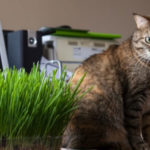Cat grass aids your cat’s digestion, providing fiber and strengthening their stomach. Additionally, it helps reduce bad breath.
Harvest time: after 14-16 days from the start
1 Cat Grass Ingredients
- A pot or tray for planting (of appropriate size with good drainage holes).
- Seeds (barley or wheat seeds).
- Potting soil (organic soil mixed with coconut coir for added aeration).
- Water (clean, not dirty).
2 How to Plant Cat Grass
Step 1: Choose the Right Seeds
Select seeds that are round and shiny. These are signs of healthy seeds that will produce vibrant grass.
To choose the best seeds:
- Check the seed expiration date.
- Opt for reputable seed distributors.
Step 2: Soak the Seeds
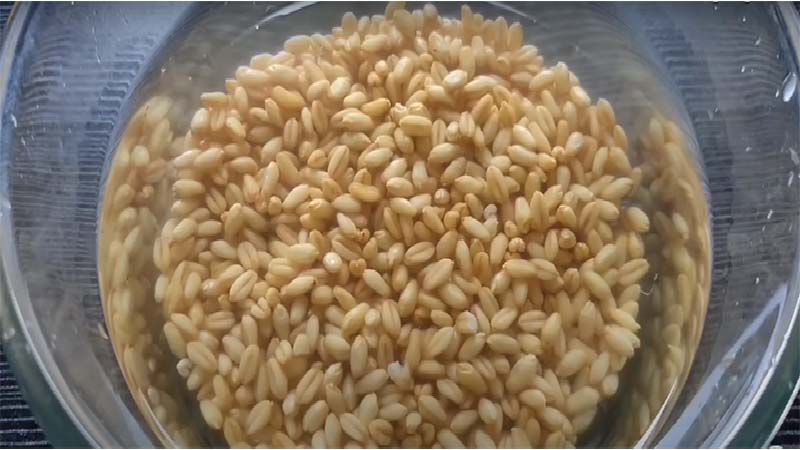 Soak the seeds
Soak the seeds
Rinse the amount of seeds you intend to use. Soak them overnight for 8-12 hours. Avoid soaking for longer than 12 hours, and ensure the water level is not double the amount of seeds, as this may cause them to overswell and struggle to sprout.
For wheat seeds, check and remove any floaters after about 4 hours of soaking, as these are likely damaged seeds that won’t sprout.
Step 3: Sprout the Seeds
After soaking, remove the seeds from the water, rinse them again, and place them in a strainer to drain. Keep the seeds moist with a damp cloth and rinse every 5-6 hours. Leave them in a cool place for 12-24 hours to allow for sprouting.
Step 4: Prepare the Planting Soil
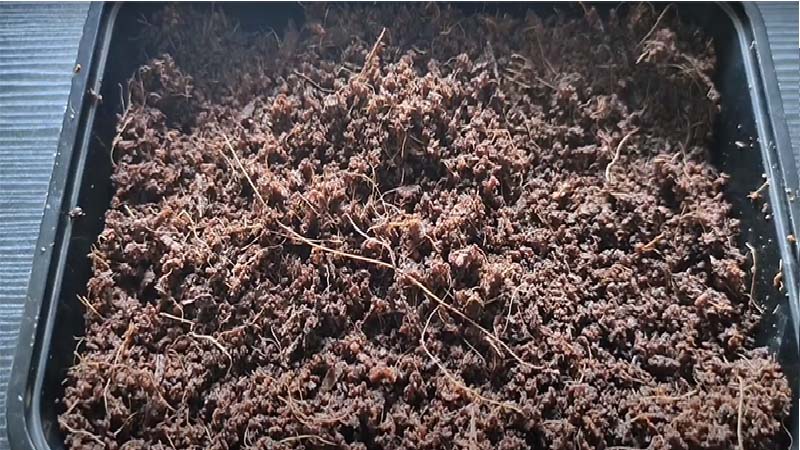 Prepare the planting soil
Prepare the planting soil
Use a tray or pot with ample drainage holes and fill it with organic soil mixed with coconut coir. Spread a layer of soil about 5-6cm thick on the surface of the tray or pot, and set some soil aside to cover the seeds.
Step 5: Plant the Seeds
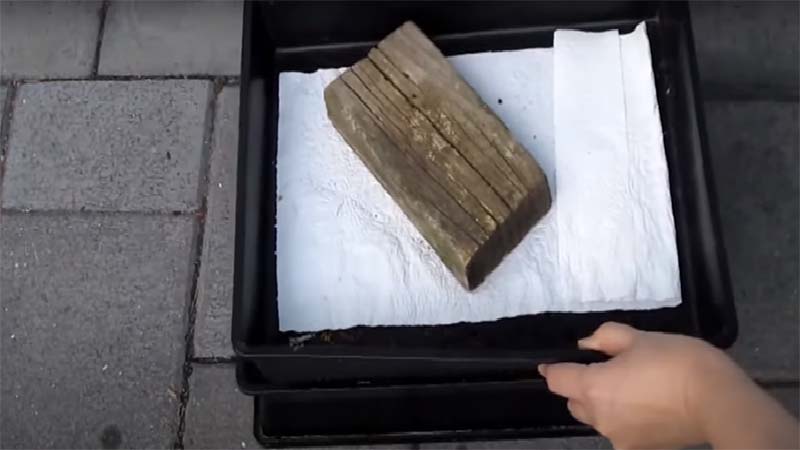 Plant the seeds
Plant the seeds
Once the seeds have sprouted, rinse them in clean water and plant them in your prepared tray or pot. Cover the seeds with the reserved soil and water gently. Keep the planted seeds in a cool, shaded place. Cover with paper, dark cloth, or an upside-down tray to block the light and encourage faster sprouting.
Step 6: Care for Your Cat Grass
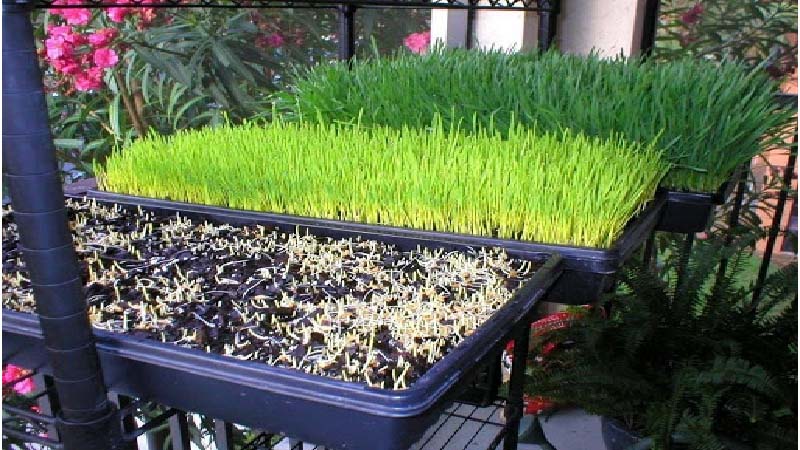 Caring for cat grass
Caring for cat grass
Once the grass has sprouted, introduce it to sunlight for photosynthesis. Water the grass 2-3 times a day to keep the soil moist. During sunny months, limit sun exposure to 3-4 hours in the morning to prevent scorching and drying out. During overcast periods, feel free to leave the grass outdoors.
Step 7: Harvest
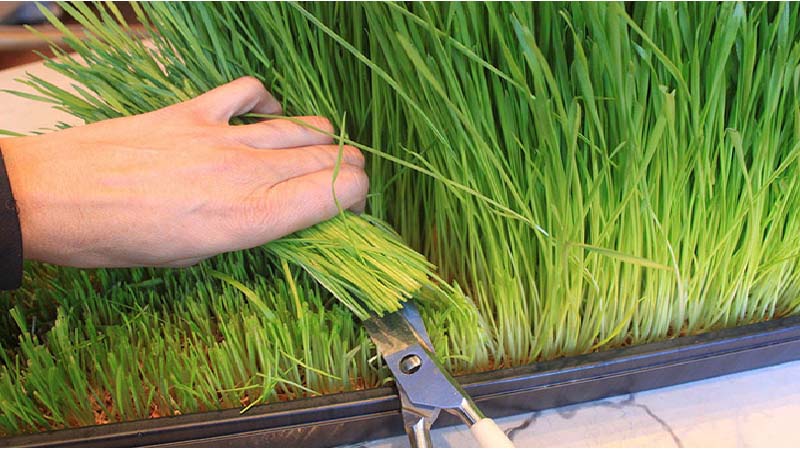 Harvesting cat grass
Harvesting cat grass
After 8-12 days, when the grass reaches 7-8cm in height, it’s ready for harvest. You can cut it for your cat to eat or let your cat graze directly from the pot. The roots can be replanted, but the nutritional value will be lower, resulting in lesser-quality grass.
3 The Finished Product
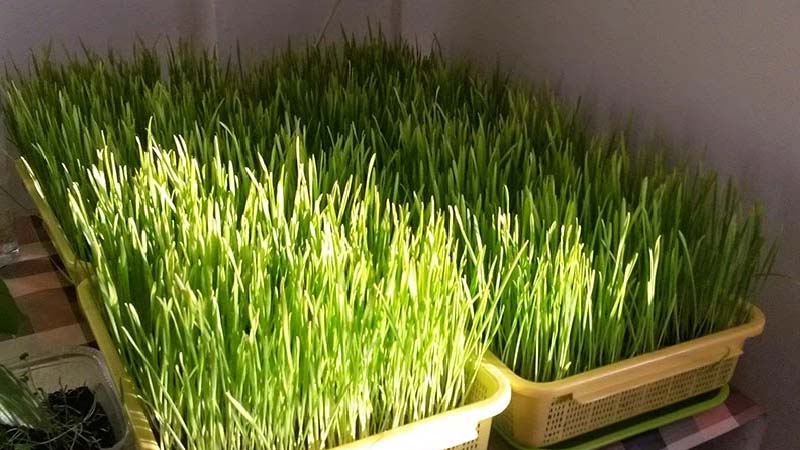 Cat grass
Cat grass
Cat grass provides essential nutrients and supports your cat’s digestion. It also helps prevent hairball-related intestinal blockages that can occur when your cat grooms itself.
Planting cat grass is easy and cost-effective, and it contributes to your cat’s well-being. We wish you success in your gardening endeavors.
What is Catnip and What Does it Do?
Catnip, or “catmint”, is a herb with a fascinating allure for cats, but it is not widely known for its benefits. This intriguing herb has a mysterious appeal, and we are here to uncover its secrets and explore the wonders it holds for our feline friends. Get ready to dive into an enlightening journey as we unravel the magic of catnip and its significance in the world of cats.

